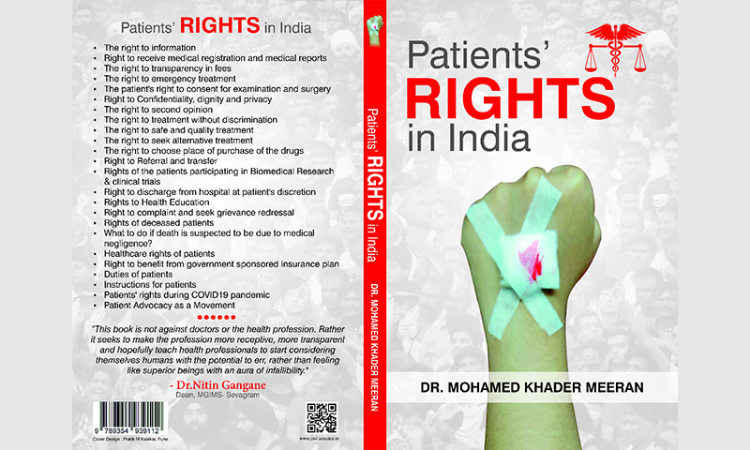Book Review| Patients' Rights in India by Dr Mohamed Khader Meeran
Dr. K.R. Antony
9 March 2022 8:15 PM IST

Next Story
9 March 2022 8:15 PM IST
Past few years, there have been increasing incidents of assault on doctors without adequate condemnation from civil society or effective intervention by Police. There were jury awards of heavy compensation to the patients on avoidable medical negligence. Very often the clarifications provided by the treating doctor about the dilemma in diagnosis and uncertainty of prediction of...
